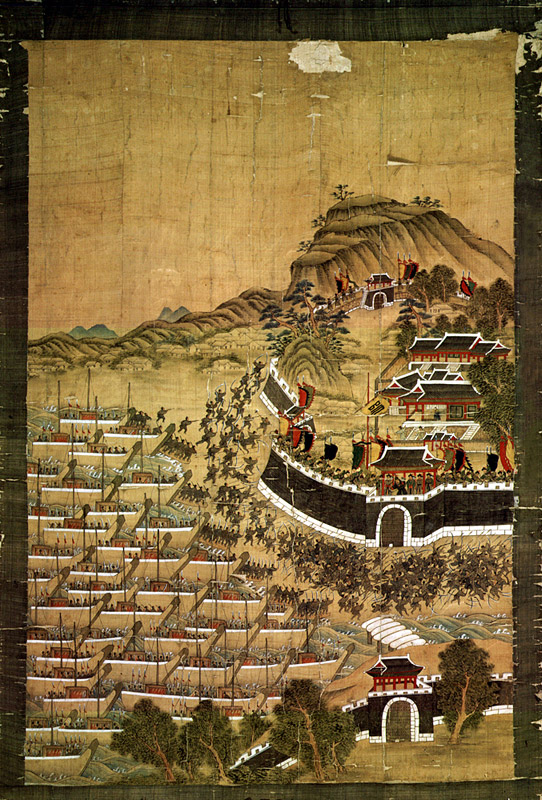

It was one of the most significant regional military conflicts in premodern East Asia, with the newly unified Japanese military forces battling against the combined forces of Chosŏn Korea and Ming China. The Imjin War is an epic tale of grand perspective and intimate detail of an upheaval that would shape East Asia for centuries to come.Samuel Hawley’s book is a recent addition to the growing number of academic and general monographs on the Japanese invasion of Chosŏn Korea at the end of the sixteenth century (1592–1598), often referred to as either the Japanese invasion of Korea or the Imjin War (imjin waeran).

Shockwaves extending across China and beyond. One nation fighting to expand, another to survive. There is Hideyoshi, hosting garden parties as his armies march toward Beijing Korean admiral Yi Sun-sin, emerging from a prison cell to take on the Japanese navy with just thirteen ships Chinese commander Zhao Chengxun, suffering defeat after promising to “scatter the Japanese to the four winds” the courtesan Chu Non-gae, luring a samurai into her arms and then jumping into the Nam River with him locked in her embrace. It begins with the political and cultural background of Korea, Japan and China, explores the diplomatic impasse that led to the war, describes every major incident and battle from 1592 to 1598 and introduces a fascinating cast of characters along the way.

The Imjin War is the most comprehensive account ever published in English of this cataclysmic event, so little known in the West. The resulting seven years of fighting, known in Korea as imjin waeran, the “Imjin invasion,” after the year of the water dragon in which it began, dwarfed contemporary conflicts in Europe and was one of the most devastating wars to grip East Asia in the past thousand years.

His objective: to conquer Korea, then China, then the whole of Asia. In May of 1592, Japanese dictator Toyotomi Hideyoshi sent a 158,800-man army of invasion from Kyushu to Pusan on Korea’s southern tip.


 0 kommentar(er)
0 kommentar(er)
